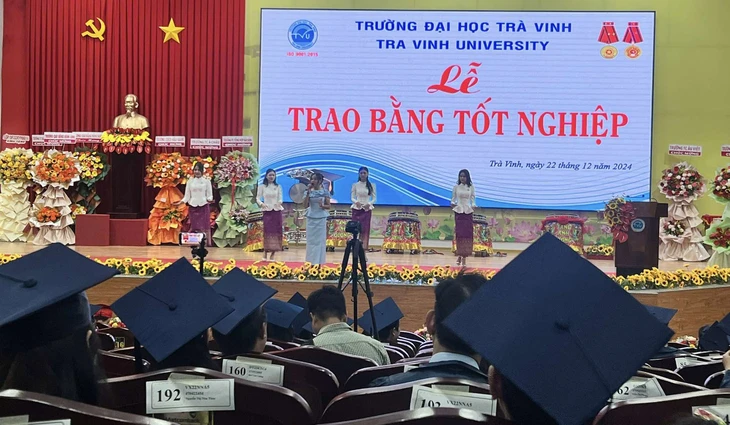
Tra Vinh University awards graduation certificates to distance learning students in 2024 - Photo NT
Statistics up to June 2025 at Tra Vinh University show that in many training fields, the scale of distance university is many times higher than that of regular university. Not only that, the type of work-study also overwhelms the regular university.
Regular - remote: 1-16
Specifically, in the field of law, the size of Tra Vinh University's full-time students is 428 while part-time students are 590 and distance students are up to 6,829. Thus, just counting distance education, the size is 16 times that of full-time university.
Similarly, there are 3,825 students studying humanities remotely while there are only 806 people studying full-time. In many other fields such as business and management, computers and information technology, the scale of distance learning is also 2-3 times larger than full-time training.
In universities that have been providing distance learning for a long time, such as Open Hanoi and Open Ho Chi Minh City, the scale of distance learning in many fields is also many times higher than regular training.
At Hanoi Open University, the law field has a distance learning scale of 6,489 while the regular training scale is 2,456. The distance learning scale of other fields such as humanities, business management, computers and information technology is also several times higher than the regular training scale.
At Ho Chi Minh City Open University, there are two larger distance learning areas than regular ones: humanities and law.
Notably, at Vinh University, the scale of non-formal training is equivalent to regular training. Data for 2024 shows that the school's regular university training scale is 18,922 students, part-time study is 12,751 and distance learning is 4,500.
Meanwhile, many universities have only recently started to participate in distance education. A few years ago, Ho Chi Minh City University of Technology began enrolling students for non-formal training, including distance education.
As of June 2025, the scale of distance training in some fields of the school is quite large, some fields exceed the regular. For example, in the field of social and behavioral sciences , the distance training scale is 1,055 while the regular training is 858. The number of new recruitments in 2024 for the distance training system is 3.8 times higher than the regular training system.
Many other universities also develop non-formal training with increasing training scale such as Ho Chi Minh City Bank, Finance - Marketing, Hoa Sen, Hung Vuong Ho Chi Minh City, Hue University, Thai Nguyen University, Academy of Posts and Telecommunications Technology, University of Commerce, National Economics University, Can Tho University, Dong Thap University...

Students of the distance learning program at Ho Chi Minh City University of Technology - Photo: NT
Training on demand
National statistics show that enrollment targets for non-formal training have increased dramatically in the past few years.
If in 2022, the target for work-study is determined by schools to be more than 55,000, and the distance target is more than 41,000, then by 2023, the target for work-study will increase nearly 3 times: more than 150,000 and the distance target will more than double to 78,776.
By 2024, the work-study quota will decrease to more than 98,000, while the distance university quota will continue to increase to 97,641.
Comparing 2022 and 2024, the distance target more than doubled while the number of students enrolled in distance learning increased nearly 3 times. In 2022, schools enrolled 26,825 distance learning students, and in 2024, 69,998 students.
Not only has there been an explosion in enrollment, the number of training schools has also increased rapidly. Not only schools with a tradition of distance learning, but now many leading public schools, provincial schools, and private schools are also participating in distance learning.
A student studying the distance learning program said that the training is mainly self-study, the lecturer in charge of the subject only teaches online one session to guide the implementation of the major assignment. Even the exchange on the learning forum is mainly for process points, not for real exchange of lessons.
"Each subject will have a 50% process score and a 50% final exam score. The process score includes posting activities, discussing on the learning forum, doing practice exercises, doing midterms, and final assignments.
Students who do well in the process will almost certainly pass the course regardless of their final exam scores. The final exam must be taken in a centralized location, and the invigilators monitor it quite strictly. There are 1 or 2 students in the class who are very good at studying, but most of them study just to get a degree" - a student shared his distance learning process.
Determining enrollment targets for training systems is carried out according to the circular determining targets for 2022 and 2024 of the Ministry of Education and Training. It clearly states that the target for part-time training must not exceed 30% of the annual regular target.
For the distance system, the circular also defines specific criteria. Over the past few years, schools have declared their training capacity, including their teaching staff, on the Ministry of Education and Training's system, which determines the quotas for schools.
Regarding the large scale of distance learning, Mr. Phan Quoc Nghia - Vice Principal of Tra Vinh University - said that the determination of quotas is determined by the system of the ministry. The capacity of the school is determined from 10,000 to 12,000 distance learning quotas per year, however the school has not recruited enough of this quota.
According to Mr. Nghia, many majors have few students while some majors have high demand and many students. Therefore, the scale of many majors is larger than the regular ones, but the school's capacity is sufficient, and it has not even recruited all the quotas.
Similarly, Mr. Pham Tien Dong - Director of the Institute of Cooperation and Training Development of Ho Chi Minh City University of Technology - said that the school participates in distance learning because of social demand.
According to Mr. Dong, some fields have great demand such as school psychology, social work, so the school's distance training in these fields is appropriate, meeting the conditions of human resource needs as well as training conditions according to regulations. Because the current degree does not state the type of training, high school graduates also study, not just those who are working.
Regarding the training method, Mr. Dong said that although most students study by themselves, each subject will have 3 sessions with direct instruction from the lecturer and 1 discussion session. Attendance is taken seriously.
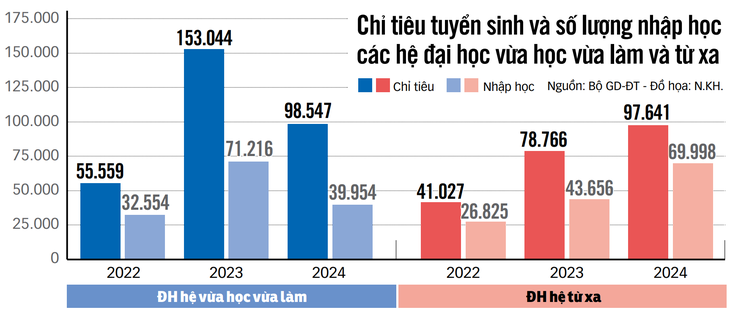
Graphics: NHU KHANH
Mainly law and English language
Statistics from schools show that the four fields with large training scale in most schools are law (mainly law), humanities (mainly English language), business and management, and computers and information technology.
At Vinh University alone, out of 12,751 part-time students, 10,904 are in the fields of science and teacher training.
Thus, the scale of part-time training in science and part-time teacher training is almost twice as large as the scale of regular universities (6,413 students).
Need to control output quality
Education expert Hoang Ngoc Vinh said that developing non-formal training to meet learners' learning needs is necessary, suitable to the conditions of separate target groups.
However, the rapid growth in scale as well as output quality control is an issue that needs to be seriously considered and evaluated.
It seems that no distance learning programs are accredited. Furthermore, the current training methods, technological infrastructure, and assessment practices make the quality of non-formal education a concern.
Source: https://tuoitre.vn/bung-no-dao-tao-dai-hoc-khong-chinh-quy-20251005230256411.htm








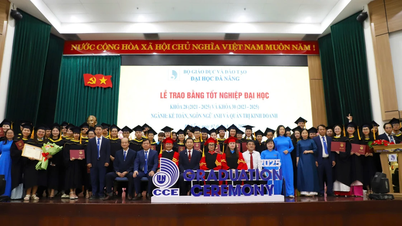
















































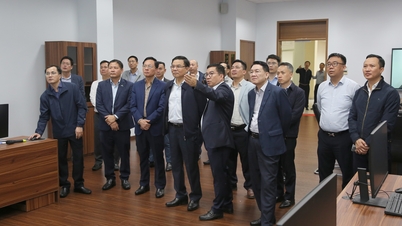











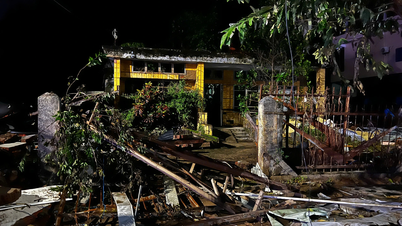







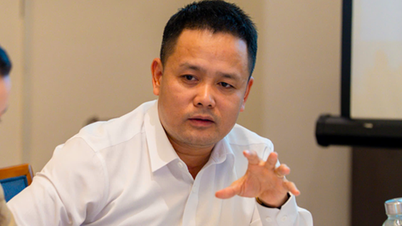








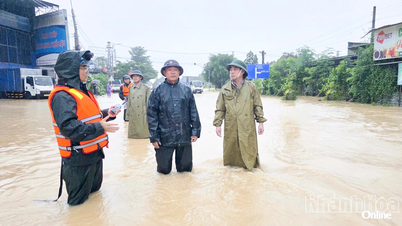















Comment (0)